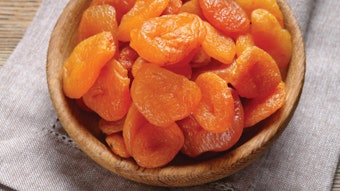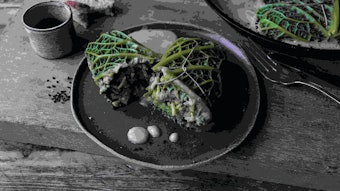Aldehydes are a potent class of flavor chemicals which make important contributions to the flavor effect in a wide range of fresh and prepared food products from fruits, spices, roasted and baked goods to vegetables. As such, they are an integral part of the flavorist’s palette for adding impact and character, Of the approximately 1750 items currently on the GRAS list, about 9 percent are either aldehydes and their corresponding acetals, or essential oils comprised mainly of aldehydes, such as Chinese Cassia (cinnamic aldehyde) or Litsea Cubeba (citral).
Difficulties in Use
One problem confronting the flavorist or food technologist when creating or utilizing flavors containing aldehydes, especially aldehydes such as acetaldehyde and benzaldehyde, is their relatively unstable nature compared to other common flavor components such as esters and alcohols.
The range of difficulties encountered with the aldehyde function is most aptly demonstrated in the case of acetaldehyde, which is reactive and highly volatile (boiling point 21”C). Acetaldebyde undergoes a number of oxidation and polymerization reactions to form acetic acid, paraldebyde, and other products. In addition, it can react with other flavor components to reduce or destruy its effect in a flavor, As a comparison, benzaldehyde and Iauric aldehyde readily exhibit oxidation aud trimer formation, respectively, to give benzoic acid in the one case (it is common to see the acid rapidly collect on tbe caps of bottles of benzaldehyde), and trimer formation in the other (where bottles of lauric aldehyde can rapidly go solid with trimer).










